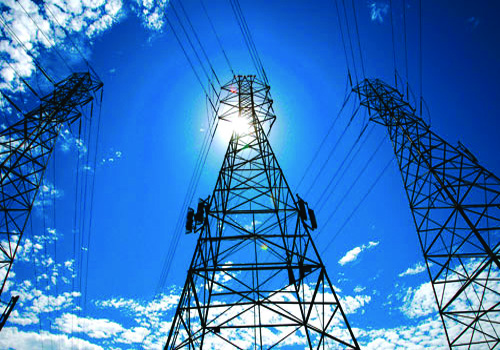The Egypt–Saudi Arabia electrical interconnection project valued at $1.8 billion is set to undergo testing next month ahead of its trial operation scheduled for next year.
The project is the first large-scale high-voltage direct current (HVDC) interconnection in the MENA region, including three substations connected via overhead power transmission lines of 1,350 kilometers (km) in length and submarine cables of 22 km.
A consortium of Japan’s Hitachi ABB Power Grids and Saudi Services for Electro Mechanic Works (SSEM) was awarded a contract in 2021 to implement 3 transformer stations in Saudi Arabia and Egypt.
The project will be fully launched in two phases with the initial phase at a capacity of 1,500 megawatts (MW) commencing in June 2025, reported Asharq Business.
This will be followed by the second phase in November of the same year, also with a capacity of 1500 MW.
The ambitious project includes the construction of two high-voltage substations in Saudi Arabia’s eastern regions of Medina and Tabuk, along with the “Badr” station situated on the outskirts of Cairo, Egypt’s capital.
To achieve seamless connectivity, these stations will be interconnected through an extensive network of overhead transmission lines spanning approximately 1,350 kilometers, complemented by marine cables extending 22 kilometers across the Gulf of Aqaba.
Egypt currently generates 58,000 MW of electricity daily while daily electricity consumption stands at 33,000 MW. The country hopes to trade its surplus power via the electrical interconnection.





